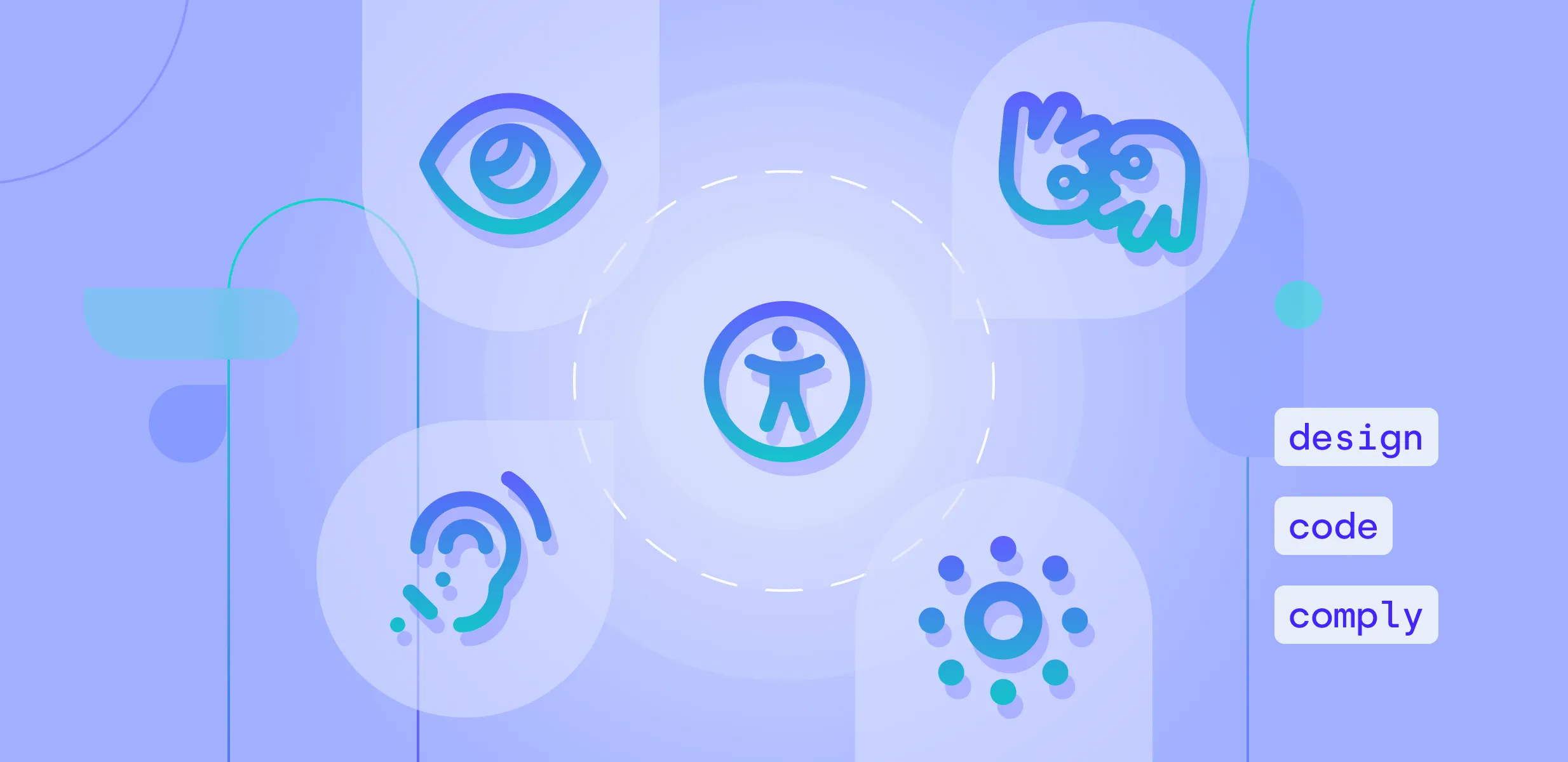
6 expert UX/UI design advice how to boost medical staff’s performance in healthcare diagnostics

While health workers are among the most trained professionals, factors such as fatigue, fluctuations in attention span, and cognitive abilities influence their performance and have an important impact on the quality of healthcare services.
Diagnostic errors are one area in which human factors contribute to negative outcomes and consequences. These consequences range from serious medical errors that impact patients’ health, decreased clinician performance and efficiency to increased costs, and declining patients’ satisfaction.
Both studies, as well as our own experience, show that it’s important to design diagnostic systems in healthcare with the human factor in mind. This blog will give you a digest of our insights on how to design for performance and minimize medical errors. Read more about this below!
Why design in healthcare diagnostic applications matters
Arriving at a diagnosis is a complex and multifaceted process that frequently involves the collaboration of a number of different professionals. Diagnostic systems and applications play a major part in this process. These systems are used to record, store, and exchange crucial patient information that influences the diagnostic process. They provide essential patient health history data and are used when conducting physical exams as well as when analyzing test results. Last but not least, they also impact a clinician’s workflow and post-diagnosis decisions.
The importance of those systems is huge. A well-designed tool can significantly impact the diagnostic process and can either improve or impede the clinicians’ performance and success, depending on their design. This is increasingly true as healthcare becomes more and more reliant on IT systems.
The importance of UX/UI design
User experience (UX) and user interface (UI) design are central elements of the healthcare IT product development process. Usability, as defined in ISO 9241 is “the extent to which a product can be used by specified users to achieve specific goals, with effectiveness, efficiency, and satisfaction in a specified context of use.” This is also at the heart of designing diagnostic applications.
A well-designed application offers a frictionless experience to clinicians that does not derail them. It enables them to provide high-quality care, supports collaboration with other professionals, and improves communication between them and patients. Such a tool also reduces clinicians’ cognitive workload and frees them up to actively engage with the diagnostic process and subsequent decisions.
For example, when a patient reports abdominal pain, the diagnostic application must enable everyone who will be involved in the process to focus on understanding the specifics of the case quickly and easily. Is the patient suffering from a hernia, an inflamed appendix, or some other gastrointestinal issue?
To help in the process, the application must grant easy and extensive access to all of a patient’s relevant data - their medical history, test results, examinations or interventions that they have already undergone, etc. It must support doctors in deciding who the patient needs to see next - is a consultation with a gastroenterologist needed or is the input of a surgeon required? It must also enable them to keep the whole picture in view and distinguish between possible causes of the problem by collaborating with the other experts involved in the case. All of this is part of the role of a diagnostic application.
Wondering what a well-designed application looks like? Here are 6 important aspects that support the diagnostic process and improve its performance.
6 Important design aspects of diagnostic applications
To enhance the safety and usability of systems, and ensure that medical diagnostic errors are reduced, the design process must cover the following points, according to our experience:
1. Cross-platform and cross-device interoperability
Interoperability is an essential feature of any healthcare system. It guarantees that professionals at different points of the diagnostic and treatment process can access the data in a safe and reliable manner. While on the go, a doctor might want to access a patient’s records to provide them with information on the phone. Cross-device interoperability would enable them to respond at the moment rather than have to wait until they get to the office.
2. Easy access to data at the point of care
Both native and imported data must be retrievable in a reliable way to ensure that the diagnostic process is not slowed down, to reduce the probability of errors occurring, and to aid decision making. This aspect of an application’s design is particularly important in time-sensitive cases where a quick and accurate diagnosis is required, and treatment must be prescribed.
3. Improved collaboration
An emphasis on collaboration should be placed to enable information exchange and feedback between clinicians. Improved collaboration aids the diagnostic process and reduces clinician stress. As in the example given earlier, collaboration can help to determine the cause of a patient’s abdominal pain. It aids in coming up with hypotheses about the cause of pain, setting up a provisional diagnosis, and possible differential diagnoses, and taking the next steps such as further examination.
4. Support for different use cases
Both UX and UI must support a variety of use cases. This includes creating a responsive UI that enables the use of different devices and accommodating different user workflows, since users’ competencies may vary. Enabling dark and light modes, as well as providing screen splitting or different ways of displaying information are further ways in which supporting different users can be achieved. Support for different use cases means that different levels of expertise or technical proficiency, and also different roles in the diagnostic process are more easily included. For example, a nurse might want to document observations about a patient during a night shift, which need to be noted by a doctor later on. A dark module with a specific workflow for the nurse’s input must be considered in this scenario to make using the application convenient and easy.
5. Easy interaction
Healthcare systems must offer users easy and frictionless interaction. Elements include an easy login experience, unified dialog boxes, and alerts that do not disturb a clinician’s focus, simple, intuitive data displays, easy navigation, etc. If a doctor must undergo a lengthy or complex login process, or deal with popups that clutter the screen, while they are trying to pay attention to a patient, this can impact the diagnostic process. It can also affect the buy-in and adoption of a system over time.
6. Automation and enhancements
Non-automated tasks can add up over a day’s work. These can include interacting with excessive dialogue boxes, unnecessary scrolling and navigating through the interface, approving non-essential steps in the diagnostic process, etc. This is why possibilities for enhancing workflows and automating routine tasks must be sought as ways to decrease clinicians’ physical and cognitive workload. This guarantees improvements in performance.
Improving the usability and performance of a major healthcare vendor’s legacy system
Our own experience in working with healthcare vendors confirms the above points. One example of our work in healthcare was the project of modernizing a global healthcare manufacturer’s legacy desktop application.
Increase your healthcare application’s performance with Resolute Software
Are you looking to redesign your healthcare application and improve its performance? Our deep knowledge of the healthcare industry places Resolute Software in the position of understanding the specificities of how applications need to function in order to achieve maximum performance while offering a seamless and effortless user experience.
To find out more about how we can help you with your application design and development project, get in touch with us!




